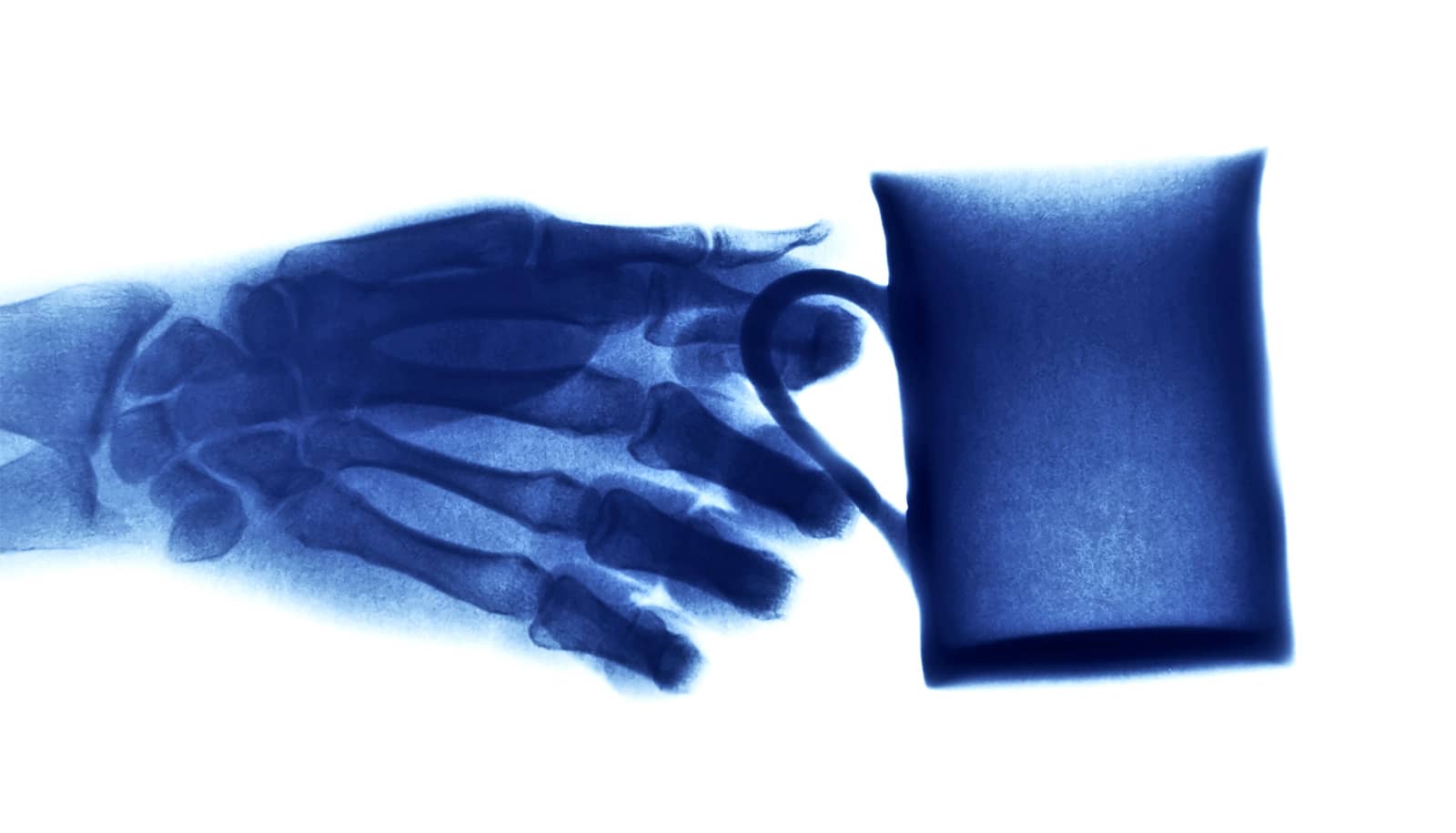Our left and right wrists mirror each other, but there are differences between the wrists of men and women, according to new research.
While wrist-based therapies had assumed that individuals’ left and right wrists mirrored each other, there has been insufficient evidence to back this assumption up until now. The discoveries could help inform and guide future treatments.
“If someone has dysfunction of the wrist, it really impacts their quality of life,” says first author Brent Foster, a graduate student in Abhijit Chaudhari’s lab in the radiology department at the University of California, Davis.
https://giphy.com/gifs/3gRWeRAVtbBPPnWOcw
Foster and his team scanned both wrists of 18 individuals—nine men and nine women of varying ages—with no history of wrist injuries, disease, or pain. Using innovative MRI (magnetic resonance imaging) techniques, which allow 3D views of wrists in motion, the researchers had individuals move their wrists in five ways while scanning them to track the movement of the wrist bones and joint. Then the researchers used advanced mathematical techniques to analyze the images to generate robust models of wrist motion.
“While each wrist bone had been studied individually before, our work really focuses on how wrist bones move and act together,” Foster says.
The researchers initially hypothesized that there would not be significant wrist differences found between the male and female volunteers. But their measurements changed their minds: “While there is literature about scaling differences between male and female wrists, we are able to examine if bone trajectories during wrist motion differ by gender,” says Foster.
Wrist conditions such as carpal tunnel syndrome do disproportionately affect women, although it’s not clear why, Chaudhari says.
“There have historically been several theories about what wrist bones do during motion, and some cadaveric studies to support them. Analysis performed based on some of these theories illustrates sex differences, but that based on others doesn’t,” he says. The new fast MRI and CT scanning techniques allow researchers to study live wrist bones in motion for the first time.
The researchers look forward to continuing their efforts to help people experiencing wrist pain and disorders like osteoarthritis and carpal-tunnel syndrome.
“By scanning just five basic wrist movements, we were able to explain over 91 percent of wrist variation across individuals,” he says. “We’re excited to use these innovative MRI and analysis methods to make a difference in managing wrist disorders.”
The research appears in the Journal of Biomechanics. Additional coauthors are from UC Davis and the University of Southern California.
Source: UC Davis



